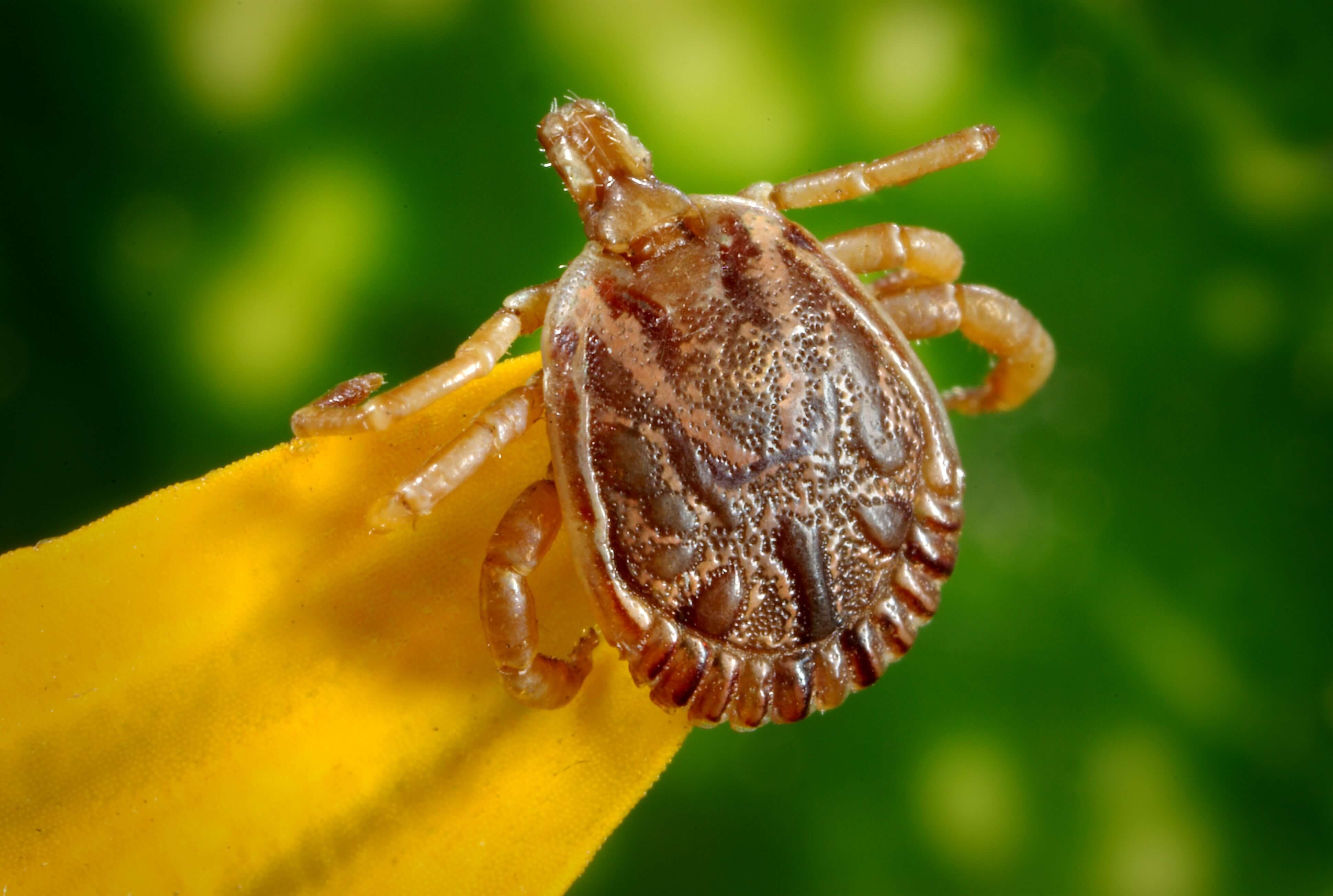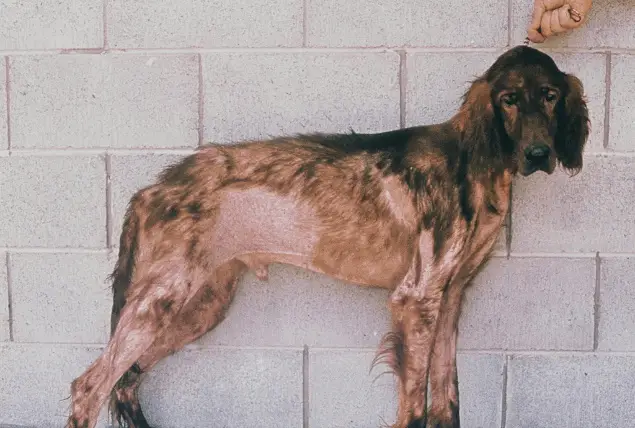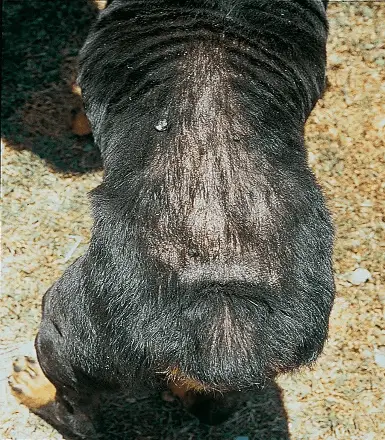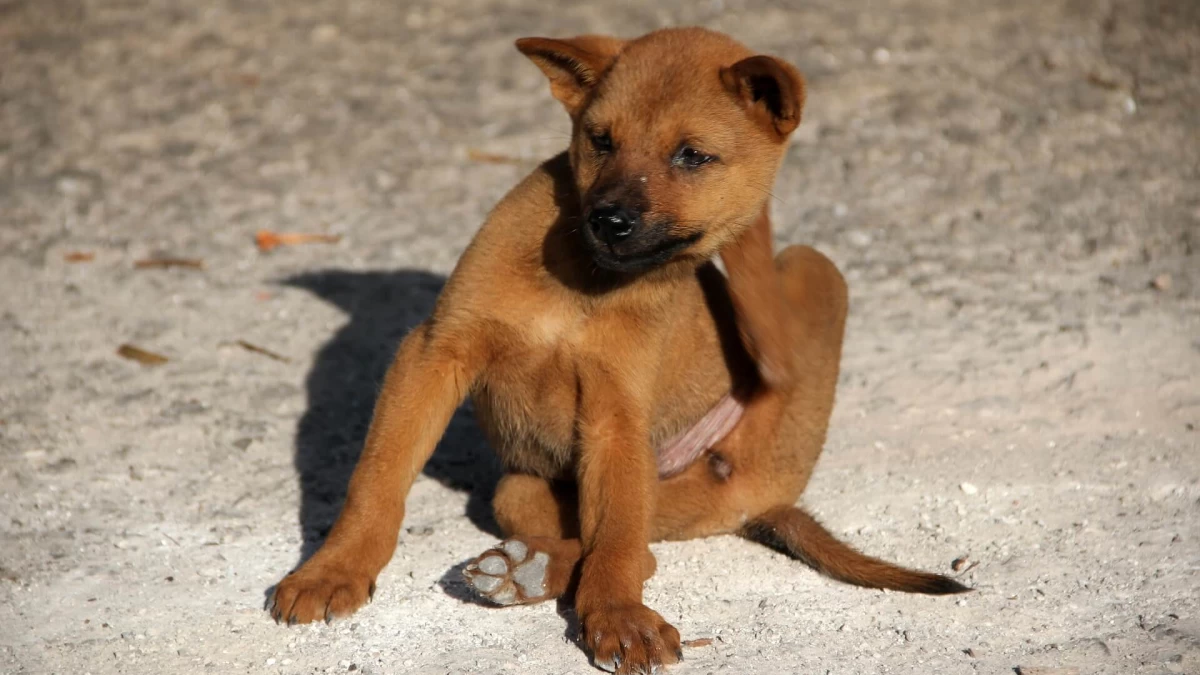Tips to Help Protect Your Dog From Fleas and Ticks
14.01.2020.
Every dog owner should keep in mind how important it is for his pet to be protected from fleas and ticks.
Ticks in winter
The most common mistake of the owners is that they think that there are no fleas and ticks in the late fall and winter so they do not put any protection on the animal. Unfortunately, the changing climate and the very resilience of these pests have made them active throughout the year except during deep snow. The second most common mistake owners make is that they think that ticks are found only in the woods and that dogs cannot pick ticks by walking through meadows around the city. It's a misconception, they live in many outdoor areas which include meadows, lawns, shrubs, parks, forests, etc. Piroplasmosis, ehrlichiosis, Lyme disease, and anaplasmosis are diseases that are transmitted by poisonous ticks and are deadly if you do not arrive at the vet on time (although a visit to the vet on time is not a 100% guarantee of survival).

Ticks - symptoms
If you notice changes in animal behavior such as food rejection, disinterest, diarrhea and/or vomiting, fever, changes in urine color, etc., contact your veterinarian immediately without delay! Also, it is important to note that the owner does not need to find the tick on the animal, it can be released from the animal after being fed.
Can ticks be removed?
When you find a tick on an animal, remove it by tweezers by rotating it counter-clockwise while pulling it outwards. If a tick head is left in the skin of an animal, do not panic, the body will recognize it as a foreign body and a local reaction will occur and the body will reject it over time (the tick head cannot 'infect' the animal subsequently). If you are not sure that you will be able to remove the tick, visit your veterinarian to have it done, but do not kill the tick with oil, alcohol or the like.
What to do when a dog has fleas?
The fleas can also be found throughout the year just like ticks. They feed on the animal and live and reproduce in the outside environment and in the area where the dog lives. If you see a large number of fleas on a dog, it means that its habitat (crib, carpet, mattresses, and cracks in the parquet floor ...) is extremely infested with fleas. You also need to treat the environment in this case to stop the flea development cycle, and your vet will recommend the best way to treat the environment. A large number of dogs are allergic to flea saliva, and consequently, very unpleasant dermatitis and allergic reactions (pictures below) can occur, and fleas also transmit tapeworms, so flea-infested dogs you should treat against internal pests also.


The pictures show an allergic reaction to a flea bite
How to prevent fleas on a dog?
There are several options in the market for protecting animals from outside pests. Some act as repellents and some can only be seen after a tick bite that kills immediately (the infected tick releases the disease with saliva only after drinking blood, which means that if you find a dead tick on your dog, the preparation works ). Protective preparations come in several forms - sprays (most suitable for puppies), ampoules, necklaces, and tablets. Each has a different time period of action. Visit your veterinarian to arrange the most effective protection against outside pests for your pet, depending on the climate in which you live.








Share